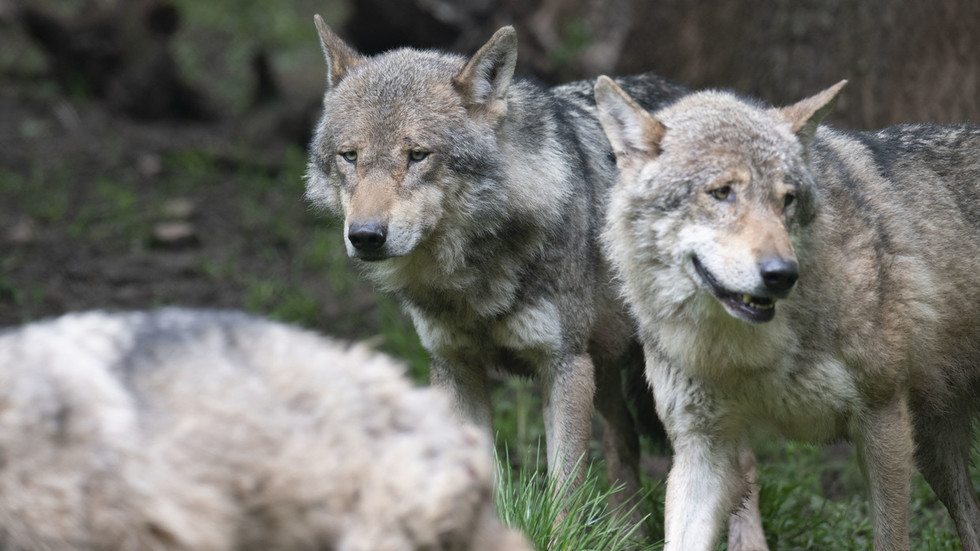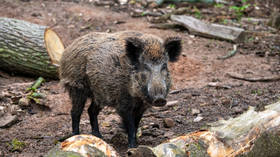
Scientists hope the findings can help identify protective mutations and increase the odds for humans to survive cancer

File photo. © THOMAS KIENZLE / AFP
Wolves in the irradiated Chernobyl Exclusion Zone have developed resistance to cancer, research which may help fight the disease in humans has shown.
Biologists from Princeton University found that wolves are exposed to over 11 millirem of cancer-causing radiation daily for their entire lives. A standard chest X-ray, in comparison, exposes the whole body to around 1 to 2 millirem.
In 1986, a nuclear reactor exploded at the power plant in Chernobyl, Ukraine, around 80 miles north of Kiev. The blast released 400 times more radiation than the atomic bomb dropped on Hiroshima, Japan during World War II, and over 100,000 people were evacuated from the city.
In the three decades since the accident, Chernobyl has remained abandoned. Local wildlife, however, reclaimed much of the area. The density of the wolf population within the Chernobyl Exclusion Zone, which is considered unsafe for human habitation, is estimated to be seven times greater than in surrounding reserves.

Read more
Scientists put radio collars on wolves roaming the wastelands of the zone to monitor their movements and make real-time measurements of the radiation they are exposed to. Researchers also took blood samples to see how the wolves’ bodies respond to cancer-causing radiation.
The study found that the reason why the animals are thriving in the radioactive zone is that part of their genetic information is resilient to the increased risk of the disease and their immune systems become similar to those of cancer patients undergoing radiation therapy.
Scientists say the bodies of dogs and wolves fight cancer in much the same way as the human body. The research may identify protective mutations that can increase the chances for humans to survive cancer, they added.




